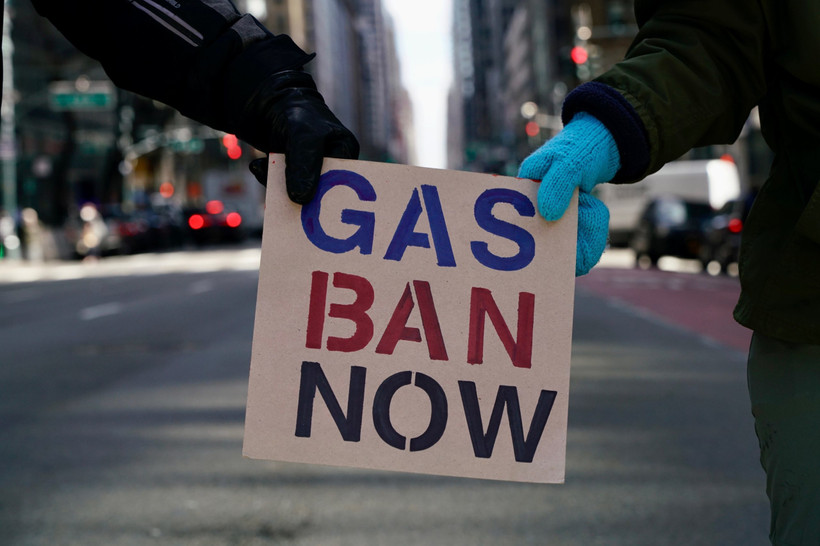Will New York Tackle its Largest Source of Emissions?
Experts say the state needs to spend at least $1 billion a year to cut pollution from buildings. Legislators are trying to get the governor closer to that figure.

Experts say the state needs to spend at least $1 billion a year to cut pollution from buildings. Legislators are trying to get the governor closer to that figure.


The disclosures included over a dozen missing or incomplete reports covering a period of more than four years.
Years of shortages have led to a staggering problem across the state, with few solutions on the horizon.
Here are the five topics we’re watching with the elections less than three weeks away.
New rules from the Biden administration require water utilities to replace all lead pipes. That could cost New York $2.5 billion or more, kicking off a fight over who pays.
More counties are turning to private corporations to run medical care in jails. The companies have deadly track records.
Medicare Advantage plans are spreading across upstate New York, despite a reputation for denying care. In Cortland County, retirees kept it at bay.
Hundreds of Child Victims Act cases have been filed against New York schools, some over accused serial offenders that could leave districts with tens of millions of dollars in liability.
No state pursues workers for overpaid unemployment benefits as aggressively as New York. A proposed reform is colliding with New York’s own repayment problem.
A quarter of lawmakers in Albany are landlords. Almost none of them are covered by the most significant tenant protection law in years.
As the state’s plans to get New Yorkers out of their cars stall, Governor Hochul is championing a highway expansion in the Hudson Valley.
From New York City to Buffalo, people are driving a lot more than they did before the pandemic.
The retiree says a local rooftop solar company and its partners forged her signature to sign her up for a loan she could not afford.
A newly discovered 80-page housing package would have included good cause eviction, but legislators were dissuaded by Kathy Hochul’s opposition.
For tenants in the first upstate city to adopt rent stabilization, benefiting from the law’s basic protections is an uphill battle.
Advocates charge that New York’s restrictions for sex offense registrants are “vague, expansive, and unnecessary.” On Tuesday, they filed a federal lawsuit to strike them down.